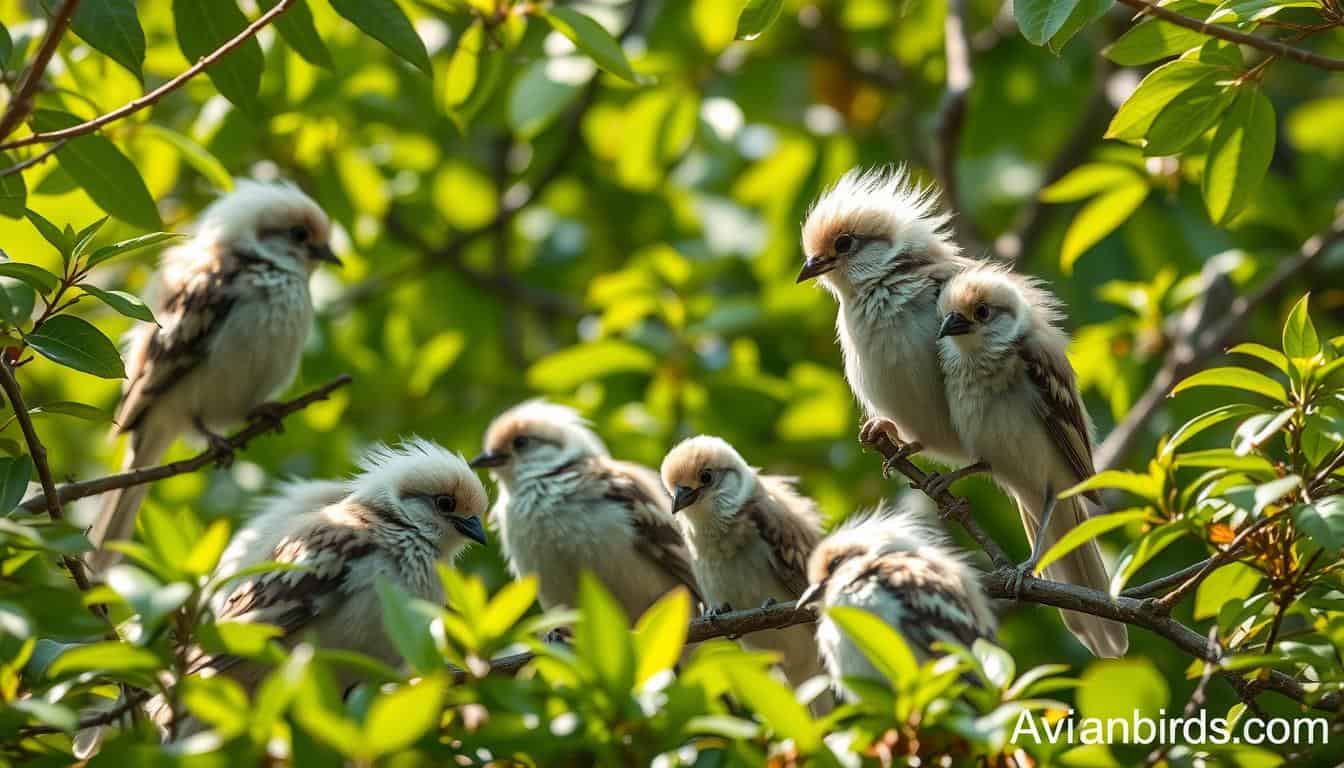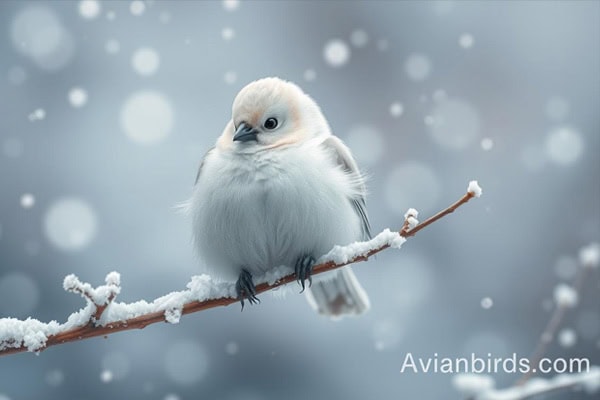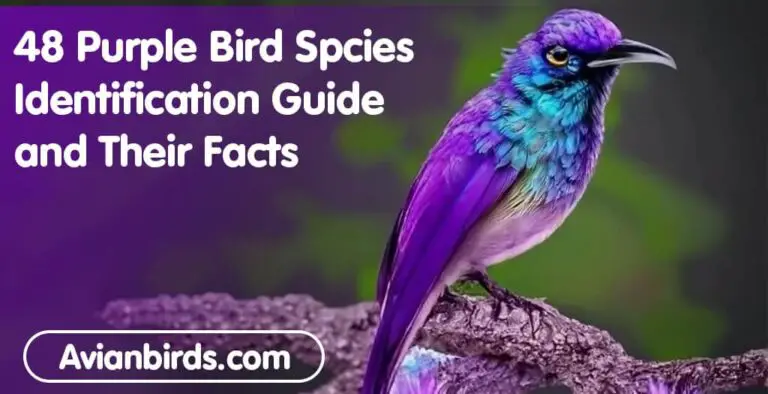Shima Enaga Bird: Everything You Need To Know
Did you know the Shima Enaga Bird, also known as the Long-tailed Tit, has won the hearts of bird lovers everywhere? It’s known for its fluffy look and fun behavior. Living mainly in Hokkaido, Japan, this bird is key to keeping our environment healthy. We’ll cover everything about the Shima Enaga here, from where it lives to how it breeds, and what we’re doing to protect it. By learning more about these Hokkaido birds, we can see how special they are to our planet.
Introduction to the Shima Enaga Bird
The Shima Enaga, also known as the Long-tailed Tit (Aegithalos caudatus japonicus), is a beloved bird. It is known for its cute looks and friendly nature. Birdwatchers and nature lovers adore it for these reasons.
This bird is a key part of Hokkaido’s bird life. It has soft white feathers and loves to be around others. Learning about the Shima Enaga shows its importance in nature and Japanese culture.
Birdwatching in Japan is a great way to see this beautiful bird in the wild. It lives in Hokkaido’s cold areas. Seeing it move through the trees brings joy and shows the beauty of nature.
The Shima Enaga is seen as a symbol of beauty and purity. It’s an important part of Japan’s bird heritage. People who love nature go to the forests and mountains to see it. This bird shows us the beauty of nature and the joy it brings.
Habitat and Distribution of the Shima Enaga Bird
The Shima Enaga bird thrives in certain environments that match its needs. Knowing where it lives helps us understand its life and how it survives.
Preferred Environment
Studies show that Shima Enaga likes warm forests found in Hokkaido. These birds live mainly in forests with both deciduous and evergreen trees. The dense undergrowth is key, providing shelter and materials for nests.
This environment protects them from predators and gives them access to food. It’s essential for their survival.
Geographical Range
The Shima Enaga is mainly found in Hokkaido, Japan. They are a unique bird species there. While they usually stay put, they move during harsh winters.
Then, they go to lower areas or places with more food. These moves show how adaptable and resourceful they are.
Physical Characteristics of the Shima Enaga Bird
The Shima Enaga bird is known for its unique and charming looks. Its appearance is a big reason why many people love it. It has a pure white head, dark eyes, and a small black beak. Its body is mostly white with subtle grey and brown marks on the wings and back.
The long tail helps it balance and move easily in its home. These features make it look like a “snow fairy.”
Distinctive Appearance
The Shima Enaga catches your eye right away. Its white body and dark eyes look amazing together. The long tail adds beauty to its movements.
Each feature helps it survive in the wild and look beautiful.
Size and Weight
The Shima Enaga is about 13-15 cm long, with the tail adding to its size. It weighs between 7 to 9 grams. This makes it one of the lighter birds in Hokkaido.
Its size lets it move easily in different environments while finding food.
Behavior and Diet of the Shima Enaga Bird
The Shima Enaga bird is known for its social behavior, often living in groups of up to 20 birds. These groups are usually family units, showing the strong bonds within the species. They use high-pitched calls to stay together and warn others of danger.
Social Structure
Shima Enaga birds live in close groups with birds of all ages. This mix of young and old helps everyone learn and pass on traditions. It also makes the group better at surviving together.
Dietary Habits
Insects and spiders are the main food for Shima Enaga birds. They skillfully get these from branches and bark. In the cold months, they also eat seeds and berries.
They have special ways of finding food, like hovering and hanging upside down. This shows how agile and adaptable they are in the wild.

| Food Source | Feeding Technique | Seasonal Availability |
|---|---|---|
| Insects | Extracted from branches and bark | Spring and Summer |
| Spiders | Captured by hovering | Spring and Summer |
| Seeds | Picked from plants | Fall and Winter |
| Berries | Gleaned from shrubs | Winter |
Breeding and Conservation Status
The Shima Enaga’s breeding habits are fascinating. They start nesting in early spring, around February. They build dome-shaped nests with moss, lichen, and spider silk. These materials help keep the nest warm and hidden from predators.
The nests are placed in tree forks for safety. Inside, they line the nests with feathers for the eggs. Female Shima Enaga lays 7 to 10 eggs, and both parents incubate them for about two weeks. This teamwork shows their commitment to their young.
Nesting Habits
The Shima Enaga’s nests are key to their survival. They are hidden away, showing their adaptability. The way they care for their eggs gives us a peek into their life and ecology.
Conservation Efforts
The Shima Enaga is listed as ‘Least Concern’ by the IUCN. But, they face threats like habitat loss and climate change. These threats can lead to less food and affect their ability to reproduce.
Conservation efforts aim to protect their homes and watch over their numbers. Keeping their habitats safe is crucial for the Shima Enaga and the ecosystems they live in.
Read More🐦Related Articles:
| Cool Bird Names |
| Brown Birds With Red Heads |
| Black Birds With Orange Wings |
| Black Birds With White Bellies |
| Small Birds with Red Heads |
Conclusion
The Shima Enaga bird is a symbol of nature’s beauty and complexity. It captures the hearts of bird lovers around the world with its stunning looks and social behavior. We learn more about these birds and their role in Hokkaido’s ecosystems by exploring their home, food, and how they live.
This summary also shows why bird conservation is key to saving their homes. As we learn about the challenges they face, we see how important they are to their environments. We can help protect them by supporting efforts to save their habitats.
By backing conservation efforts, we make sure future generations can still enjoy the Shima Enaga’s beauty. Let’s work together to protect these amazing birds. They are important to both the bird world and Japanese culture.







